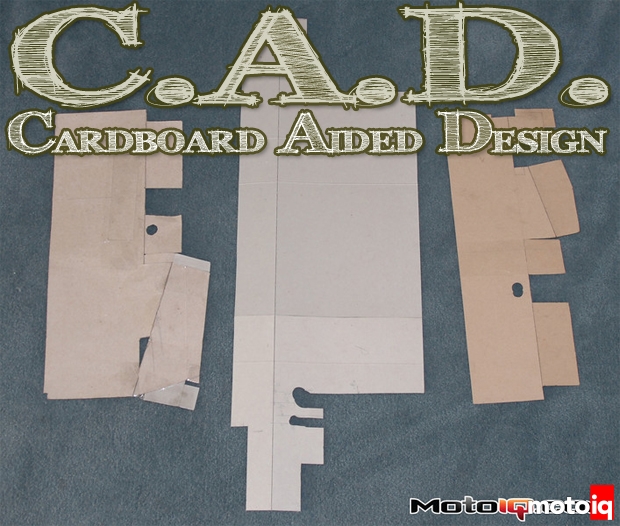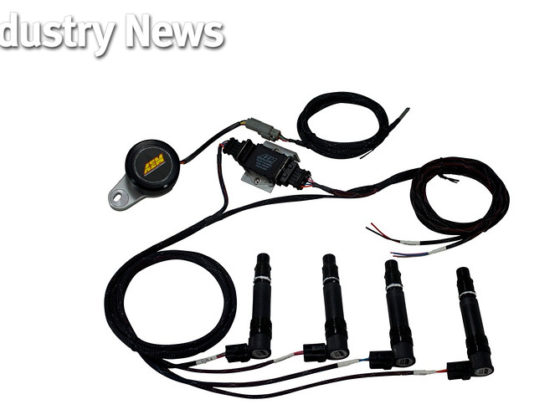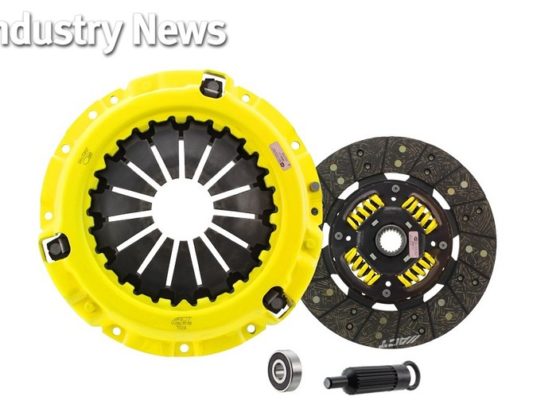
C.A.D. – Cardboard Aided Design
(for Dum-Dums, Cheapskates and Fifth Graders)
Several years ago, I had an epiphany when I walked into a race shop and saw the interior tin work of an under-construction Rolex GT car mocked up entirely in white illustration board, clecos and blue tape. I made a mental note: I can do that! I can even afford that! Well, I can at least afford some illustration board and a few clecos.
 |
|
Fast forward a few years, and I had installed a Volvo 760 Turbo intercooler and radiator in the front of my turbo Miata project. The only problem was that the stock radiator shrouds didn't fit the new heat exchanger stack at all, and there were massive gaps around the radiator instead of the medium-sized ones with the stock setup.
|
Intercoolers and radiators only cool if there's air moving through them. Even with a stock radiator, just sealing the gaps around it so all the air that comes in the front of the car has to go through it can make a huge difference on track. Having these stupendously awesome Volvo parts just hanging out in the space in front of the Miata's engine was a problem.
Coroplast is a perfect material for radiator ducting. Lightweight and durable, easy to cut with a utility knife, and unlike aluminum or carbon fiber, if it gets bumped, bent or crushed, it springs back to its original shape. You can make designs that have to be flexed substantially during the installation process, without them ending up tweaked once installed. Since it was July, rather than election night in Little Saigon, I didn't have an infinite supply of the stuff and I needed to get this right the first time. A quick trip to the memory ATM cashed out the Rolex GT car.
Illustration board of appropriate thickness and strength proved surprisingly hard to find. Michael's, Wal-Mart, Target, etc. had thick paper and foam core, but nothing in between. I eventually found the right stuff at Office Depot, but it cost entire dollars, several of them, for a pack of four sheets. And it's all the way over at Office Depot. Fortunately, I eat a lot of cereal, which meant a 100-percent post-consumer, recycled solution was in a bin in the back yard. Corn Chex, Special K, Raisin Bran. All for free-fitty-free.
 |
|
On the Miata, I realized that I could make shroud pieces that keyed to the car, so they sealed well and were retained securely with no fasteners. As long as the radiator is in position, they can't move. But they had to be the right shape, which is complex and would be really hard to measure. These cardboard templates, on the other hand, were pretty easy to make.
|
Cutting cereal boxes to fit in complex spaces is an iterative process. Hold it up next to where you want it to go, mark some basic dimensions and cut. Stick it back in position, mark again, cut again. Sometimes, actual measuring with a ruler is even helpful. As the design evolves, if you find you need to add some material back or shift the position of some detail, there's no need to start over. Just find the piece you cut off of that spot, tape it back on and trim it again. In a few hours, my Corn Chex and Raisin Bran radiator shrouds for left, right and below the intercooler and radiator fit just right. Any air that entered the front of the car would have no choice but to cool something on its way through.
 |
|
I transferred the shroud shapes to coroplast by tracing the cereal box templates with a fine-tipped Sharpie. The best way to cut the coroplast is with a straightedge and knife, so it's not crushed.
|



